At #BbWorld I presented and took part in a panel on Institutional adoption of technology; a double opportunity to disseminate early research findings. Last year on the west coast for BbWorld14, an 8.00 a.m. slot was considered an advantage but not on the east coast, as I was told afterwards. Here people take time to get going first thing so we suffered a bit from numbers. Having said that, it was a large room and there were lots of questions, plus what has been really rewarding this week is the general interest from everyone I spoke to about the subject of institutional adoption. In the panel session I talked about TELEDA, how its multiple layers offer opportunities to experience Blackboard from the student perspective, while the stress on critical reflection – transferring the experience to individual teaching practice – appears to be developing an evidence based shift in the way academics view Blackboard as a technology for enhancing the student experience.
I recorded the presentation the night before using Camtasia Relay on my laptop. This is available to everyone on the University of Lincoln network. Download it from the Software Centre and it’s a quick way to record a narrative over PowerPoint slides. I opted for providing captions because apart from being inclusive, I appreciate their value. I find it hard to learn by sound or image and prefer words instead. There lots of reasons why alternative formats benefit the learner experience but creating captions take time – there ‘s no way around this. It demands a shift in attitude and practice. In the same way you wouldn’t upload a textual learning resource with half of it missing, audio and video transcripts are an integral part of the whole resource. Relay provides automatic captioning but you only have to switch on YouTube captions to see the nonsense voice recognition generates and Relay is the same.
This is the first slide of my presentation. I tell people this is me because as anyone who works with me will confirm, if the technology can go wrong its me it goes wrong with.
Right now I’m experiencing familiar frustration. The video is stuck in Relay. I can’t find a way to embed it into WordPress. Maybe I can’t? I don’t know. There’s no one to ask for help and I’m feeling pressured. I know what I want to do. I know it should be achievable but I can’t see how to do it and I’m running out of time. Does this sound familiar? If you are a digital education developer then you’d probably be ok. If you are an academic who views technology with a mix of awe for its capabilities but fear and dread with regard to your own confidence then you’ll identify with this. It’s part of the massive shift needed to adopt VLE. Without empathy then support is useless.
So back to the presentation. This is what I did with the how and the why of it.
I’m three years into the data collection, on the final set of interviews. Digital adoption is complex and involves at least three criteria; capabilities, competence and confidence.
Underpinning these three C’s are other findings which the data analysis appears to support. These are listed in the image below. It’s the final bullet point which I think lies at the heart of on-campus digital divides between those with the three digital C’s and those without. The literature shows how e-learning and the student experience has been privileged over the staff experience. While some say e-teaching is implicit in e-learning, I would argue than unless it is made explicit there is a risk of making assumptions about baselines and starting points, which in turn will lead to initiative failure. 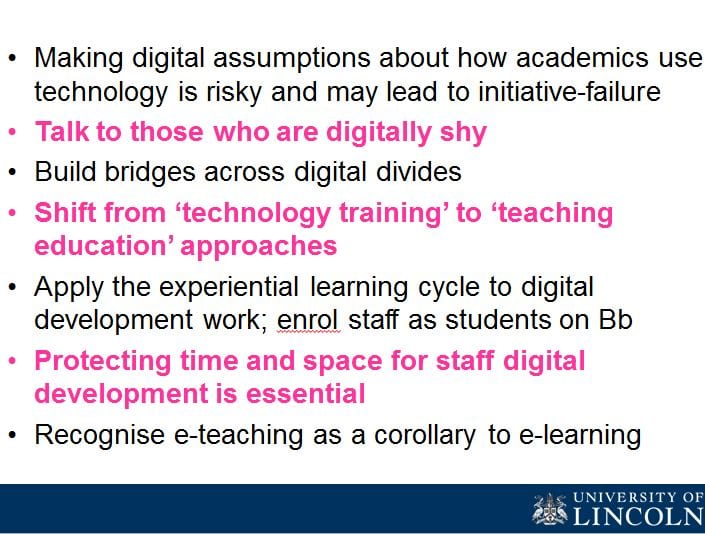
PS Finally worked out the connection between Relay and WordPress and embedded the code below – which gives me the message ‘Security Error’! If the technology can go wrong then it’s me it goes wrong with….



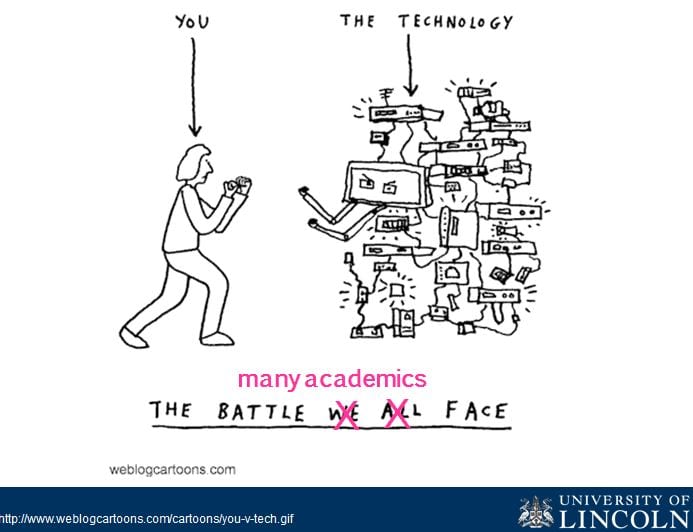
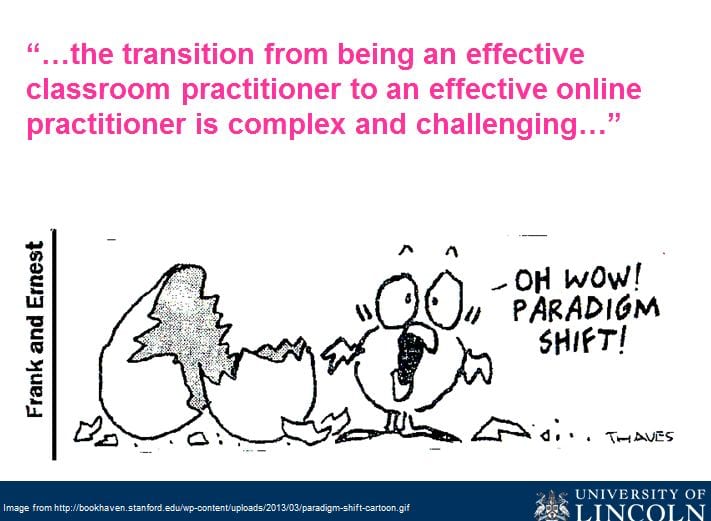
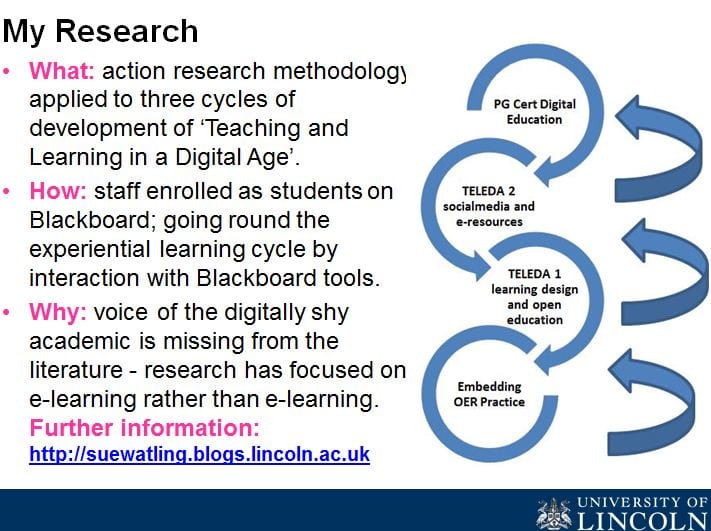

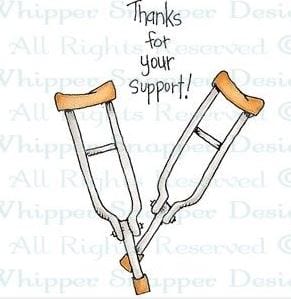

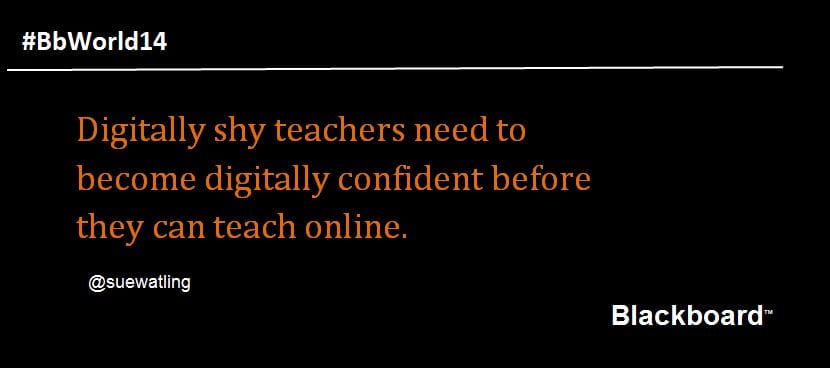

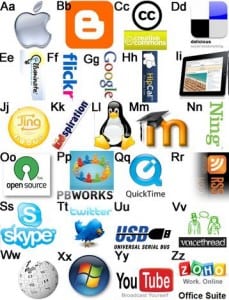 I’ve been promoting e-teaching as a partner to e-learning. A colleague shared a
I’ve been promoting e-teaching as a partner to e-learning. A colleague shared a 